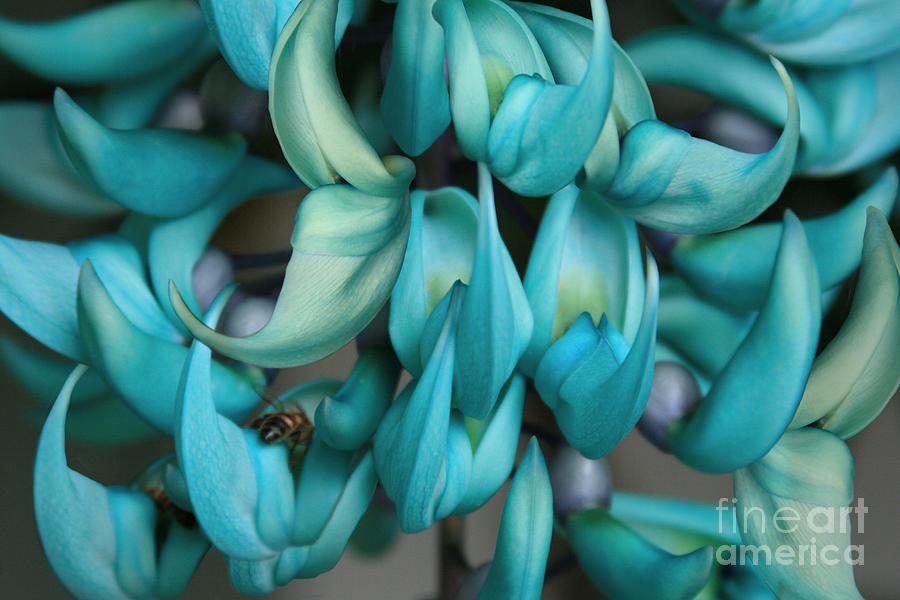The unveiling of Mindanao’s treasures are still on the top! Since the Philippines is identified as one of the world’s biologically richest countries there are quite a few species to get acquainted with. The most fascinating and charismatic endemic plants of Mindanao: starting with the tree climbing queen, the jade vine and a meat-eating giant named after David Attenborough.
A tree climbing queen
How many of you have an orchid in a pot at home? Standing straight, next to a stick and a plastic clip holding it up? This is indeed how most of us Westerners are used to seeing orchids today. These exotic flowers have become a common feature in our homes. And we kind of forget that they normally grow on tree trunks – dangling high up in the air – with no plastic clips as far as the eyes can see. Now, this is where you can see true beauty!
Unfortunately, many of these gorgeous and unique orchid breeds are losing the trees it grows on. One of these beauties is the Euanthe sanderiana orchid. She is considered the “Queen of Philippine Orchids” and you can only find her on Mindanao. This unique lady is clinging to the tree trunks up to 100 meters high! Despite the height she has been collected without restraint and is very rare in nature today.

Meat-eating giants
Another interesting plant, perhaps less common in our living rooms, is the giant meat-eating pitcher plant. These carnivorous plants got their name from looking like beautiful pitchers full of nectar. Curious insects are tempted to come and take a sip, only to slide down the slippery slope to their deaths. In the deep cavity filled with digestive enzymes the plant consumes the trapped insect and obtains its mineral nutrition. (Some say pitchers even burp!) The variety of pitcher plants worldwide are impressive, however, the Nepenthes mindanaoensis can only be found on Mindanao.
In 2009, a new species of giant pitcher plant was discovered in the highlands of the central Philippines with a trap so big that it can catch rats as well as insects. The botanists named the plant after British natural history broadcaster David Attenborough; Nepenthes attenboroughii.

A tree climbing queen
How many of you have an orchid in a pot at home? Standing straight, next to a stick and a plastic clip holding it up? This is indeed how most of us Westerners are used to seeing orchids today. These exotic flowers have become a common feature in our homes. And we kind of forget that they normally grow on tree trunks – dangling high up in the air – with no plastic clips as far as the eyes can see. Now, this is where you can see true beauty!
Unfortunately, many of these gorgeous and unique orchid breeds are losing the trees it grows on. One of these beauties is the Euanthe sanderiana orchid. She is considered the “Queen of Philippine Orchids” and you can only find her on Mindanao. This unique lady is clinging to the tree trunks up to 100 meters high! Despite the height she has been collected without restraint and is very rare in nature today.

Meat-eating giants
Another interesting plant, perhaps less common in our living rooms, is the giant meat-eating pitcher plant. These carnivorous plants got their name from looking like beautiful pitchers full of nectar. Curious insects are tempted to come and take a sip, only to slide down the slippery slope to their deaths. In the deep cavity filled with digestive enzymes the plant consumes the trapped insect and obtains its mineral nutrition. (Some say pitchers even burp!) The variety of pitcher plants worldwide are impressive, however, the Nepenthes mindanaoensis can only be found on Mindanao.
In 2009, a new species of giant pitcher plant was discovered in the highlands of the central Philippines with a trap so big that it can catch rats as well as insects. The botanists named the plant after British natural history broadcaster David Attenborough; Nepenthes attenboroughii.


No comments:
Post a Comment